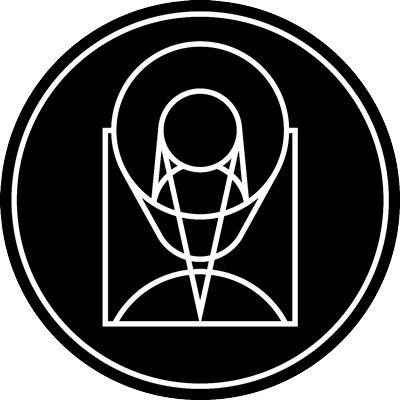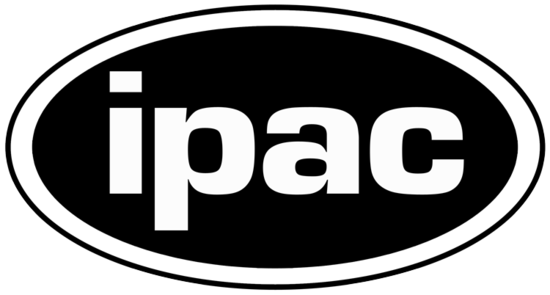Delimiting a Cosmic Magnifying Glass

noirlab_iotw2535a August 27th, 2025
Credit: International Gemini Observatory/NOIRLab/NSF/AURAImage Processing: J. Miller & M. Rodriguez (International Gemini Observatory/NSF NOIRLab), T.A. Rector (University of Alaska Anchorage/NSF NOIRLab), M. Zamani (NSF NOIRLab)Acknowledgments: PI: Lukas J. Furtak (Ben-Gurion University of the Negev)
The galaxy cluster MACS J0060.1-2008 (MACS0060) is well known for its strong gravitational lensing effect. This means the cluster is massive enough to curve the space-time around it and bend the path of light from more distant objects. The galaxy cluster acts like a giant magnifying glass, boosting the reach of our telescopes and allowing us to see farther and fainter objects in space. When researchers analyzed a Hubble Space Telescope (HST) image of the MACS0600 cluster, they realized that the cluster's mass as determined from the image was too small to account for the strength of its gravitational lensing effect. The researchers observed the area just east of where the HST image was taken using the Gemini Multi-Object Spectrograph (GMOS) on Gemini North, one half of the International Gemini Observatory, supported in part by the U.S. National Science Foundation and operated by NSF NOIRLab. They found that the HST image only captured a small part of a massive, sprawling cluster. As a result, the researchers have given MACS0600 the nickname ‘Anglerfish cluster,’ in reference to the deep-sea creature that is often only partially visible while the bulk of it remains hidden. Further research will be needed to find the spatial limits of the cluster’s mass, and astronomers are already planning to use this cluster’s magnification powers to study galaxies in the early Universe.
Provider: NOIRLab
Image Source: https://noirlab.edu/public/images/iotw2535a/
Curator: NSF's NOIRLab, Tucson, AZ, USA
Image Use Policy: Creative Commons Attribution 4.0 International License

- ID
- iotw2535a
- Subject Category
- Subject Name
- MACS J0600.1-2008
- Credits
- International Gemini Observatory/NOIRLab/NSF/AURAImage Processing: J. Miller & M. Rodriguez (International Gemini Observatory/NSF NOIRLab), T.A. Rector (University of Alaska Anchorage/NSF NOIRLab), M. Zamani (NSF NOIRLab)Acknowledgments: PI: Lukas J. Furtak (Ben-Gurion University of the Negev)
- Release Date
- 2025-08-27T12:00:00
- Lightyears
- Redshift
- Reference Url
- https://noirlab.edu/public/images/iotw2535a/
- Type
- Observation
- Image Quality
- Distance Notes
- Facility
- Gemini North, Gemini North, Gemini North
- Instrument
- GMOS-N, GMOS-N, GMOS-N
- Color Assignment
- Red, Green, Blue
- Band
- Optical, Optical, Optical
- Bandpass
- i, r, g
- Central Wavelength
- 780, 630, 475
- Start Time
- Integration Time
- Dataset ID
- None, None, None
- Notes
- Coordinate Frame
- ICRS
- Equinox
- J2000
- Reference Value
- 90.0722523149404, -20.11677987077062
- Reference Dimension
- 1739.0, 1892.0
- Reference Pixel
- 869.5, 946.0
- Scale
- -4.488487711572253e-05, 4.488487711572253e-05
- Rotation
- 0.040000000000000244
- Coordinate System Projection:
- TAN
- Quality
- Full
- FITS Header
- Notes
- Creator (Curator)
- NSF's NOIRLab
- URL
- https://noirlab.edu
- Name
- Telephone
- Address
- 950 North Cherry Ave.
- City
- Tucson
- State/Province
- AZ
- Postal Code
- 85719
- Country
- USA
- Rights
- Creative Commons Attribution 4.0 International License
- Publisher
- NSF's NOIRLab
- Publisher ID
- noirlab
- Resource ID
- iotw2535a
- Resource URL
- https://storage.noirlab.edu/media/archives/images/original/iotw2535a.tif
- Related Resources
- Metadata Date
- 2025-08-26T12:01:33-07:00
- Metadata Version
- 1.1
Detailed color mapping information coming soon...













